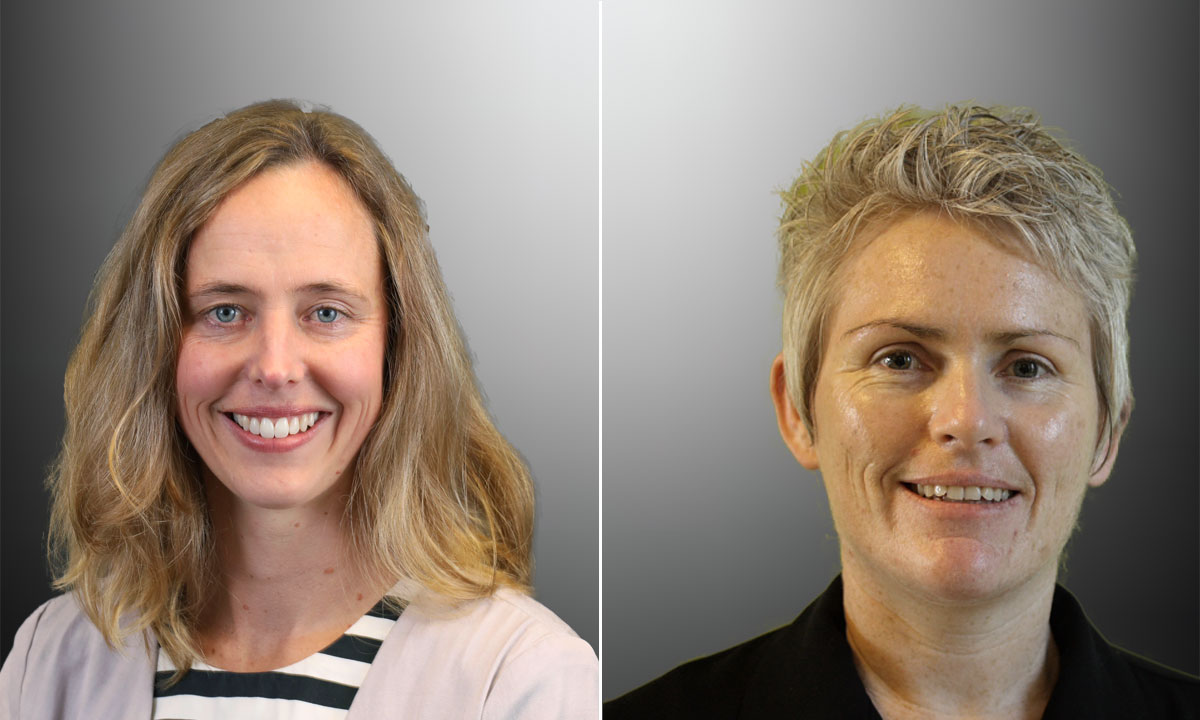MORE than 80% of women with breast cancer in Australia are diagnosed at the early stage of the disease. The Cancer Australia statement: influencing best practice in breast cancer (2016) recommends that, when clinically appropriate, women with early-stage breast cancer should be offered the choice of either breast-conserving surgery and radiotherapy, or mastectomy. Survival rates after breast-conserving surgery and radiotherapy are comparable to that after mastectomy, but breast-conserving surgery is associated with fewer post-operative complications. Best estimates suggest that 60–80% of women with early-stage breast cancer in Australia undergo breast-conserving surgery, and that this proportion is increasing (here and here).
The bad news, however, is that, according to our recent research, almost 30% of women who undergo breast-conserving surgery require reoperation, involving either re-excision or completion mastectomy. This causes pain, suffering and anxiety, and may result in poorer cosmetic outcomes, and higher rates of recurrence due to delays in commencing radiotherapy. The financial costs of reoperation are also considerable.
Using population-based hospitalisation data, we studied rates of reoperation after breast-conserving surgery in 34 458 women with breast cancer in NSW, between 2002 and 2013. We found a reoperation rate of 29.1% within 90 days. These figures are comparable to international and previous Australian estimates, though still higher than the suggested upper limit of 20%. In our study, half of reoperations involved mastectomies; for these women, this meant a dramatic change in their original clinical course. And 8% of women who underwent reoperation underwent multiple reoperations.
We found that reoperation was more likely in younger women and in Asian women. There is evidence that positive margins are more frequently observed in younger women, as smaller volumes of breast tissue are resected in an effort to improve cosmetic outcomes, and tumours tend to have adverse histological features. In addition, pre-operative diagnosis in younger women may be complicated by greater breast density and lower mammographic sensitivity. Comparatively smaller breast size and greater breast density may similarly account for the high probability of reoperation seen in Asian women. Reoperation was also more likely in women with in situ tumours. Most of these tumours (70%) in our cohort were ductal carcinoma in situ (DCIS). The margins of DCIS are less well defined than for invasive tumours, and extension into the breast tissue can be difficult to determine. Hence, DCIS is more often associated with positive margins, and thus a greater likelihood of reoperation.
After accounting for these and other measureable patient factors, we found significant variation in reoperation rates between hospitals. Furthermore, women who resided in non-metropolitan areas and who attended non-metropolitan hospitals were more likely to undergo completion mastectomy than their metropolitan counterparts, as were women attending low volume hospitals. This suggests that unwarranted clinical variation may be an issue.
There are several factors to consider.
Reoperation most commonly occurs due to positive or negative close margins. Historically, there has been lack of consensus on what constitutes an adequate negative margin, leading to variability in reoperation rates. Only recently were multidisciplinary consensus guidelines published recommending “no ink on tumour” (microscopically clear margin) as an adequate surgical margin for patients with invasive breast cancer and a 2 mm margin for DCIS. Specialist breast cancer surgeons may be more proficient at obtaining negative margins and less likely to re-excise close margins.
Patient selection and appropriateness of breast-conserving surgery as the initial treatment choice is also a factor. Anecdotal evidence suggests that treatment decisions made in high volume hospitals are often made by multidisciplinary teams and differ from those made by clinicians working in isolation.
In addition to disparities in access to specialist breast cancer surgical care, access to appropriate pre-operative imaging and diagnostic services is also a key consideration. For instance, women in non-metropolitan areas have lower rates of mammographic screening participation; they may have been less likely, therefore, to have been referred for fine-needle aspiration or core biopsy, and instead, more likely to have undergone surgical biopsy. Surgical biopsy is itself associated with higher rates of reoperation, as it is performed for diagnostic purposes rather than with the intention of complete excision.
Measures to reduce variability in reoperation rates
In an effort to reduce variability in reoperation rates, a recent benchmarking article in the United States advocated for access to high quality, pre-operative diagnostic breast imaging and biopsy, and multidisciplinary planning. From a patient perspective, in order to help informed decision making, it is imperative that women newly diagnosed with early-stage breast cancer not only have equitable access to the best available pre-operative care, but that they also receive appropriate guidance on treatment options given their clinical and histological characteristics. Accessibility of methods to localise non-palpable tumours, intraoperative margin assessment, surgeon education in oncoplastic techniques and compliance with margin guidelines are also considerations.
There was some indication from our data that geographic disparities in reoperation rates have reduced over time. This is encouraging and suggests that policy initiatives to improve regional breast cancer care in NSW over the past decade may have had some success. Given the increasing incidence of breast cancer in Australia, and that a greater proportion of women are undergoing breast-conserving surgery, better understanding of unwarranted clinical variation is required, particularly those factors that are amenable to education, and changes in policy and practice.
Dr Marina T van Leeuwen and Associate Professor Claire M Vajdic are from the Centre for Big Data Research in Health, at the University of New South Wales.
To find a doctor, or a job, to use GP Desktop and Doctors Health, book and track your CPD, and buy textbooks and guidelines, visit doctorportal.

 more_vert
more_vert